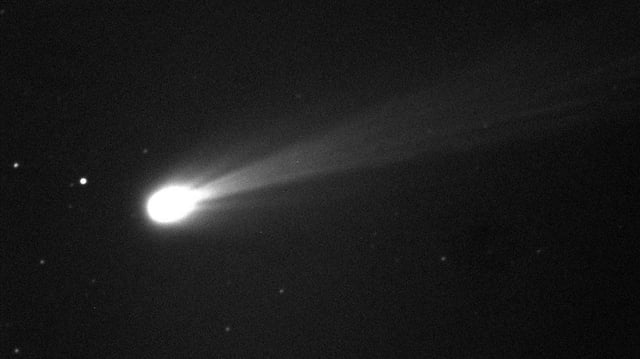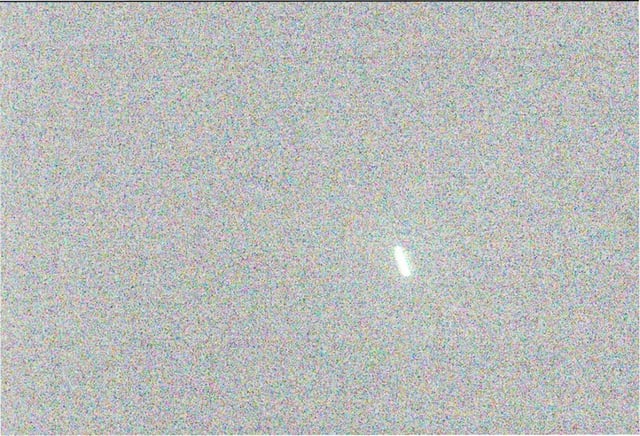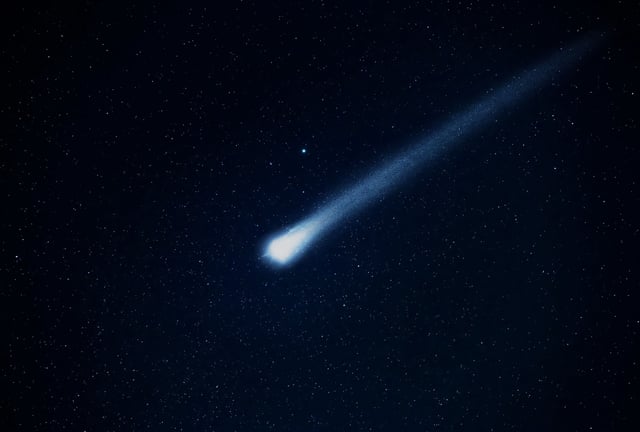Overview
- ESA’s Trace Gas Orbiter recorded multi-filter images of 3I/ATLAS near its early-October Mars pass, which scientists say match the comet’s predicted position and brightness, while Mars Express attempts returned limited detections.
- NASA’s Mars Reconnaissance Orbiter and the Perseverance rover also gathered data, but broader releases are delayed, and project scientists cite agency communication limits during the U.S. government shutdown.
- Independent analysts reported faint detections in Perseverance image stacks and noted planned HiRISE imaging that could constrain the object’s apparent area, pending official processing.
- Spectroscopic observations from major facilities, including JWST, indicate a CO2‑dominated coma with water and other volatiles, an unusual mix that continues to draw focused study.
- Trajectory solutions show no impact risk to Earth, with closest approach on the order of 1.6–1.8 AU and perihelion expected around October 29–30, and most astronomers assess 3I/ATLAS as a natural comet despite speculative claims.



